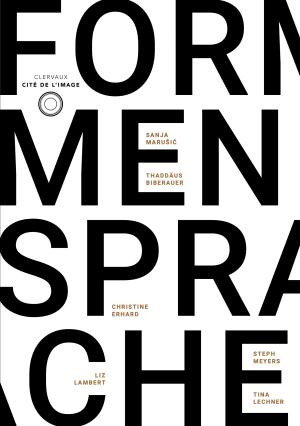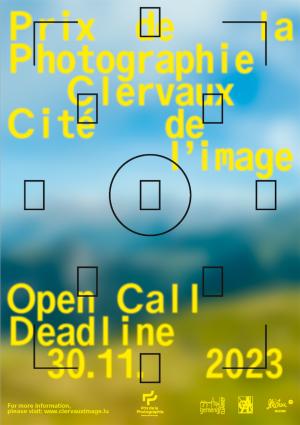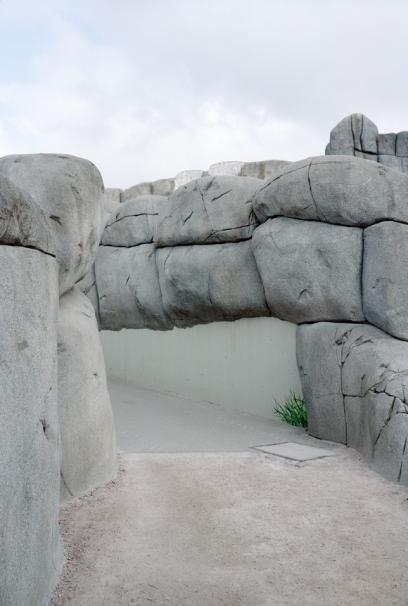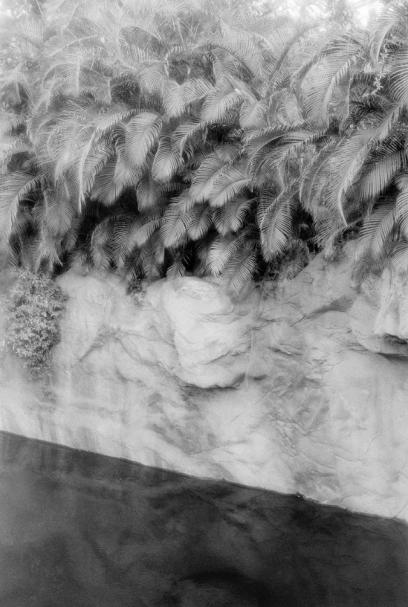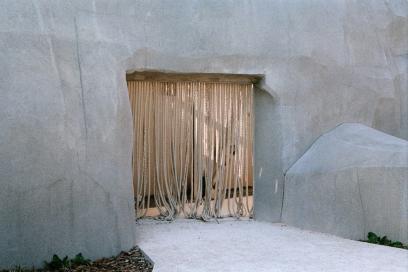THE ETERNAL
(2015)
The history of zoos in Europe began with the development of lifelike concrete constructions around the cages, particularly from 1907 in Hamburg by Carl Hagenbeck. With the introduction of new materials such as iron mesh and shotcrete, cage grids were gradually replaced by rock-shaped cement backdrops to give the impression of freedom. These constructions, inspired by famous mountains such as the Dolomites and the Matterhorn, feed the fantasy of the wilderness and combine the vegetal with the functional.
Examining these artificial landscapes raises questions about our relationship with nature. Historical archives and contemporary photographs show how ‘naturalness’ is recreated in artificial environments to reflect our complex relationship with wilderness. The zoo, like parks or gardens, represents an enclosure in which a static notion of eternity is enclosed - a permanent, history-less and timeless nature. The animals are replaced after their death, and the perfect, imperishable nature remains.
Biography
Emilie Vialet (*1980) lives and works in Ranrupt, France. Her research focuses on pausing in places where nature is used to cover up the stigmas of a brutal spatial organisation through land use. She has thus realised several series that highlight the exploitation of the land in the past or present. Since her project ‘The Eternal’, she has increasingly questioned the representation of nature and our relationship to the living through these demarcated spaces that form parks, zoos or nature reserves.
In conversation with Emilie Vialet
Exhibition views
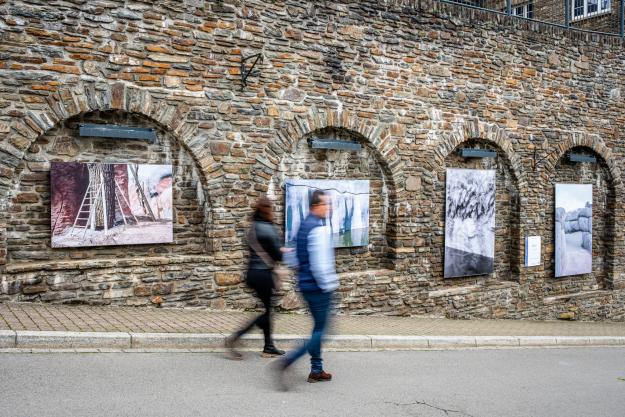
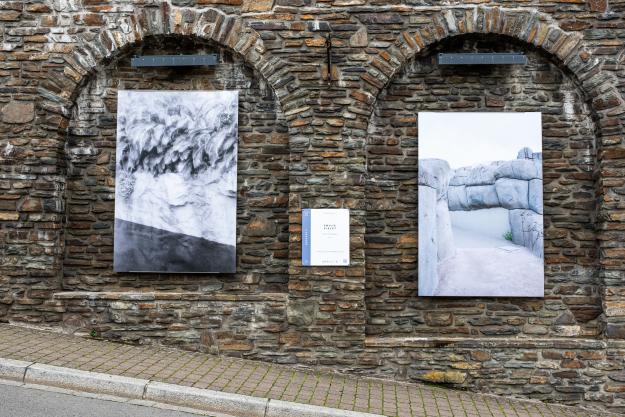
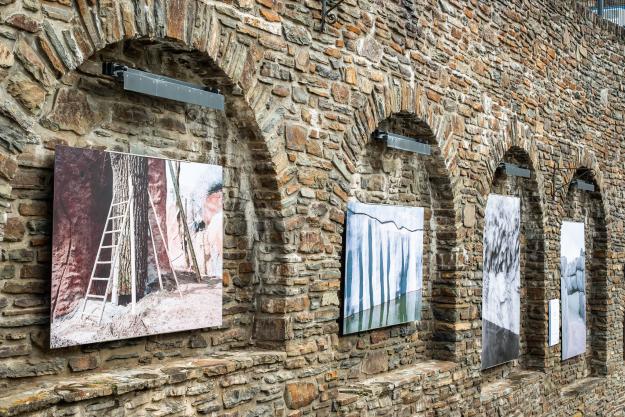
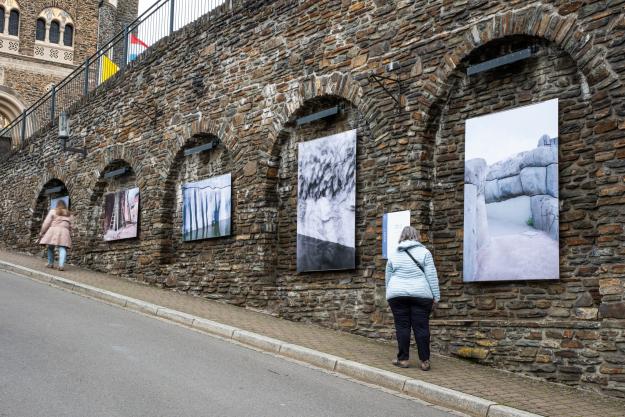
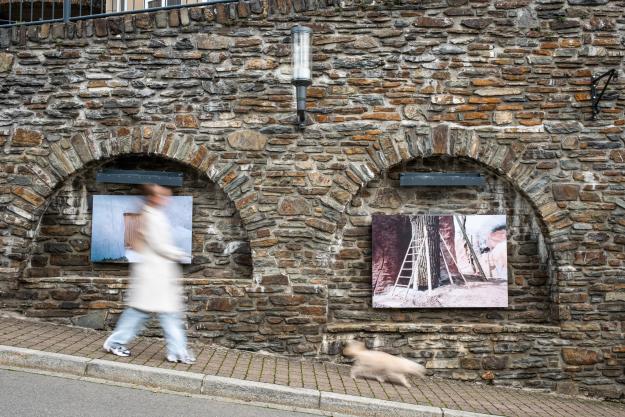
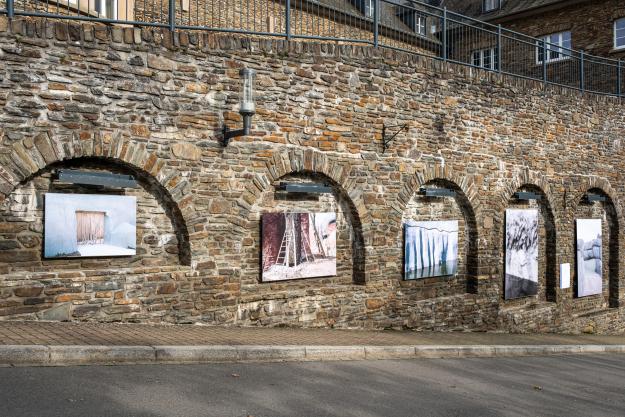
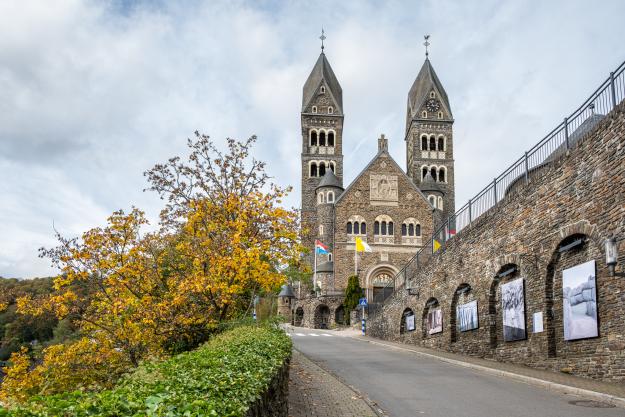
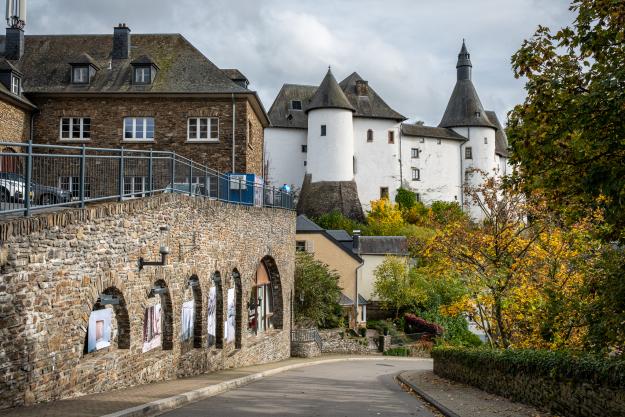
© CDI / Laurent Sturm, 2024

